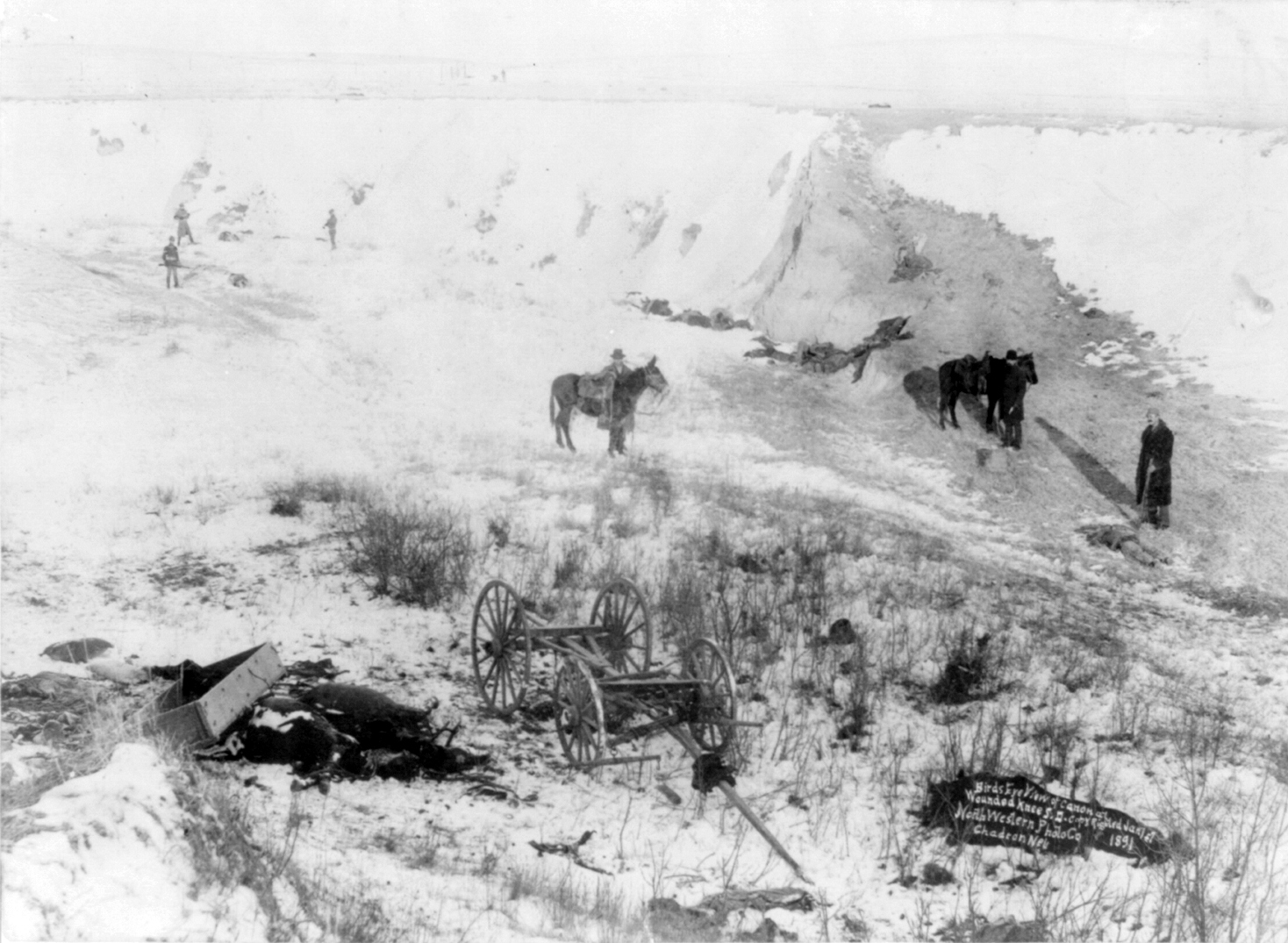What’s in a name? Bury My Heart at Wounded Knee, published 50 years ago, is still a widely read book on the American Indians. The title of the book comes from the last line of Stephen Vincent Benét’s poem, “American Names,” published in the Yale Review in 1927, about someone who finds his ancestral European attachments fading as his native American attachments grow:
I have fallen in love with American names,
The sharp names that never get fat,
The snakeskin-titles of mining-claims,
The plumed war-bonnet of Medicine Hat,
Tucson and Deadwood and Lost Mule Flat.
Seine and Piave are silver spoons,
But the spoonbowl-metal is thin and worn,
There are English counties like hunting-tunes
Played on the keys of a postboy’s horn,
But I will remember where I was born….
I shall not rest quiet in Montparnasse.
I shall not lie easy at Winchelsea.
You may bury my body in Sussex grass,
You may bury my tongue at Champmédy.
I shall not be there. I shall rise and pass.
Bury my heart at Wounded Knee.
The American name “Wounded Knee” referred to the site near Wounded Knee Creek in southwestern South Dakota where troops of the U.S. 7th Cavalry, under orders to disarm a group of several hundred Miniconjou and Hunkpapa Sioux, stumbled into a chaotic fight on December 29, 1890, in which they killed probably more than 150 Indians, including dozens of women and children, and lost 25 men. By choosing Benét’s line for his title, Dorris Alexander “Dee” Brown (1908–2002) did much to perpetuate and give meaning to this American name. . . to continue reading please click here.
